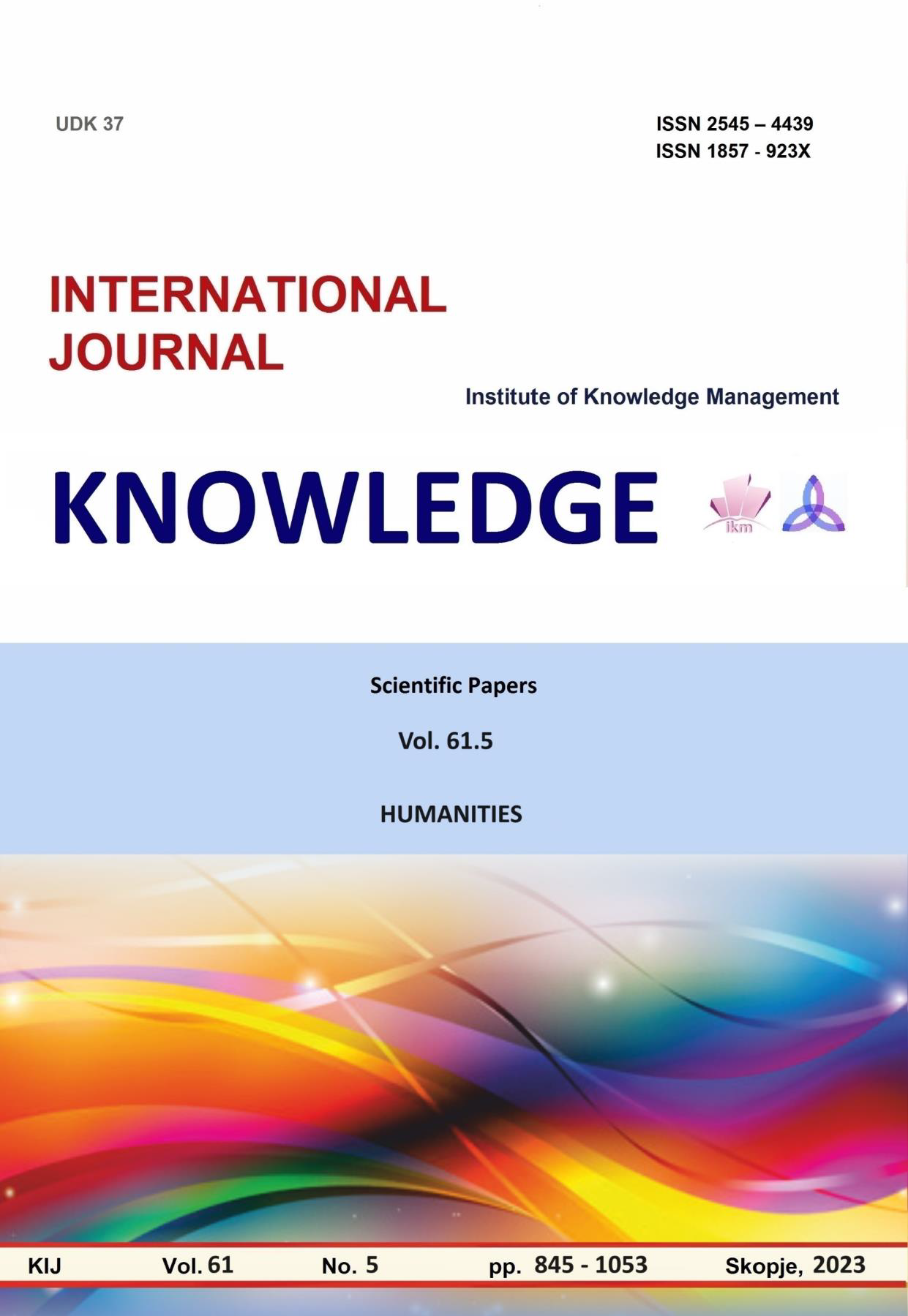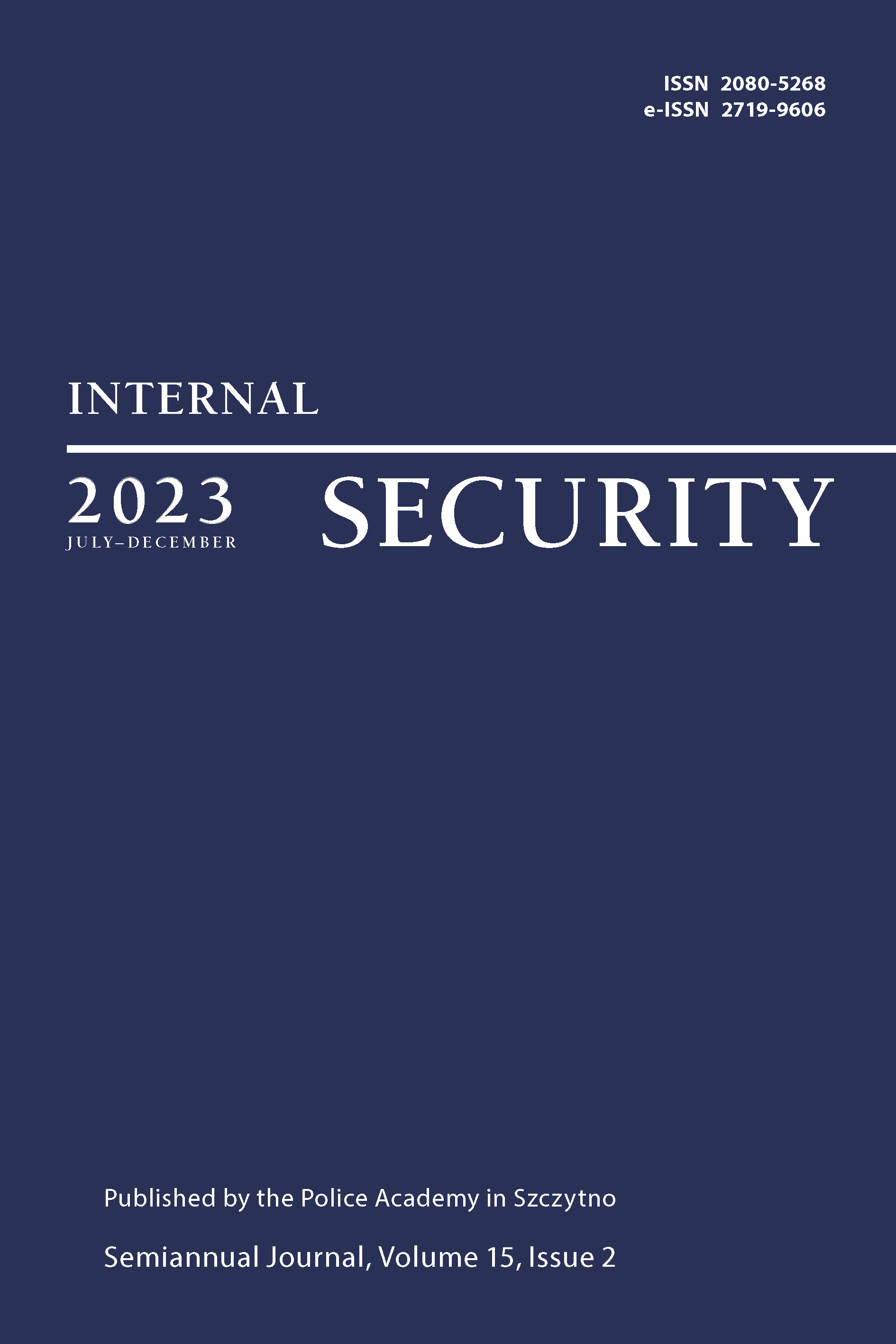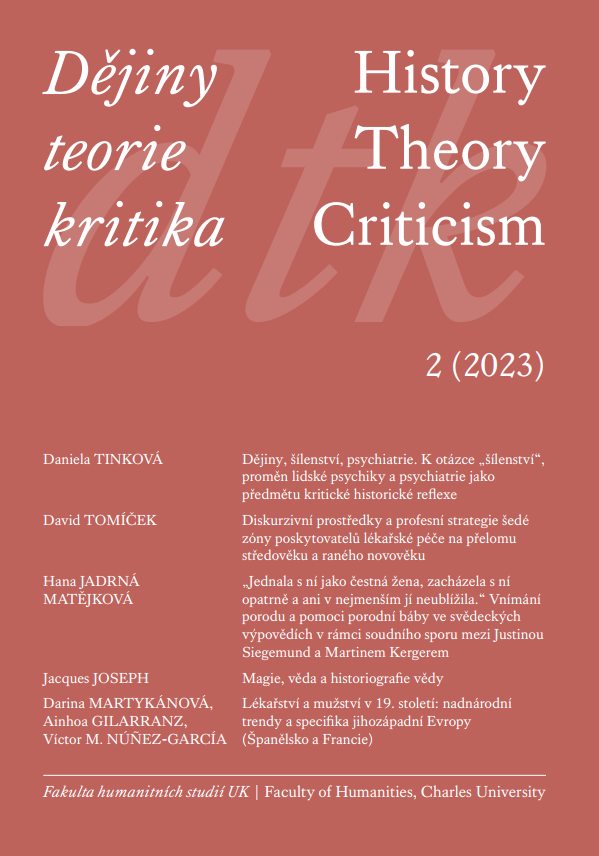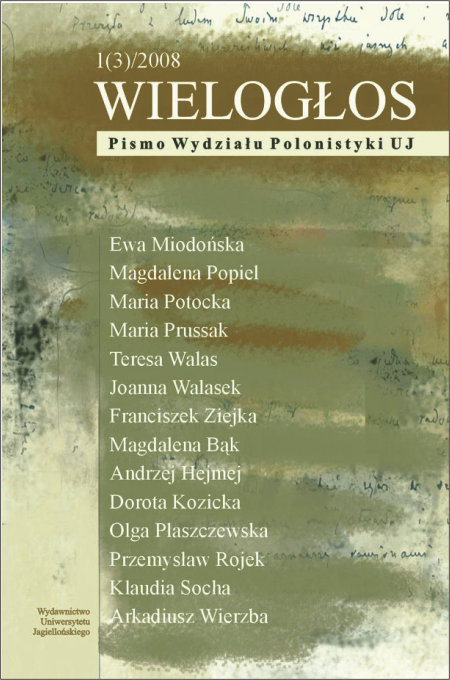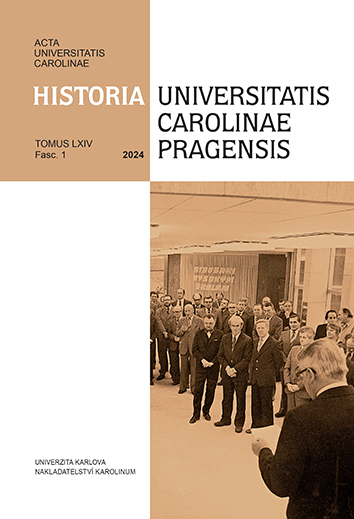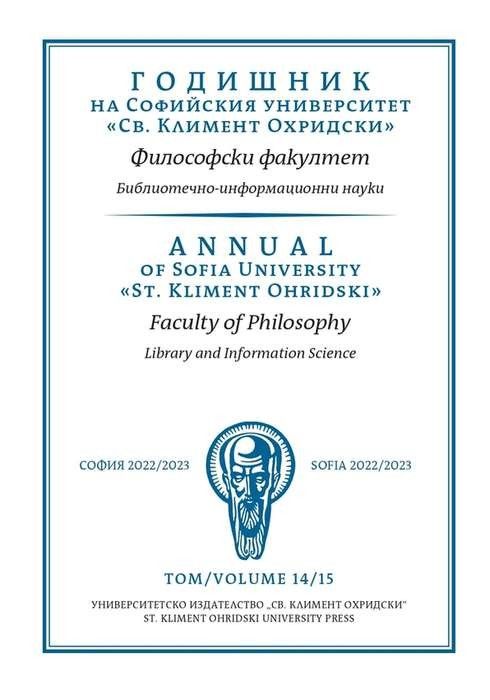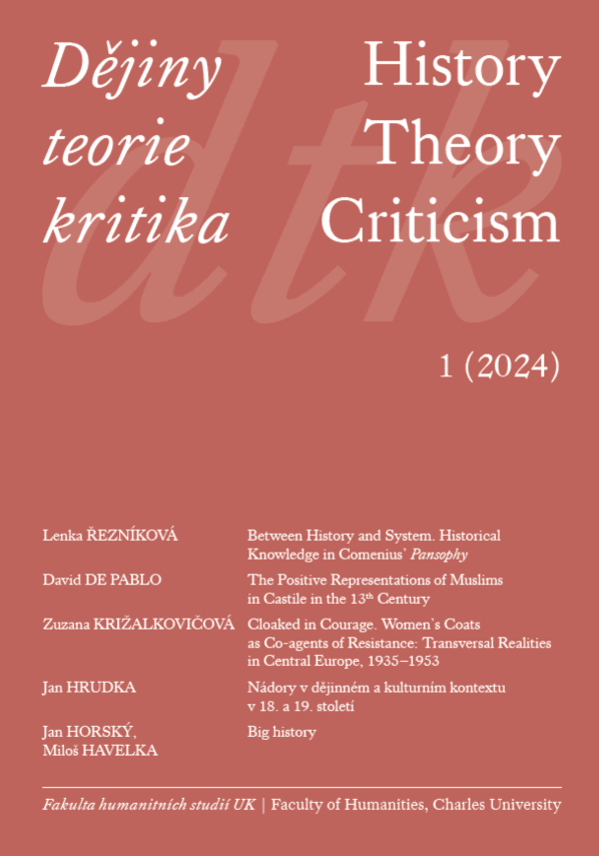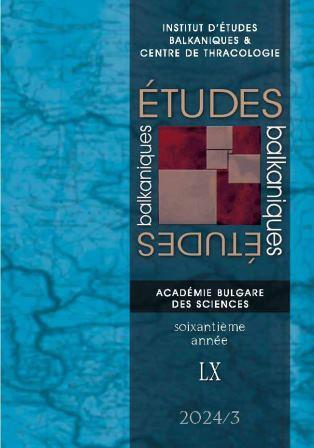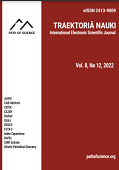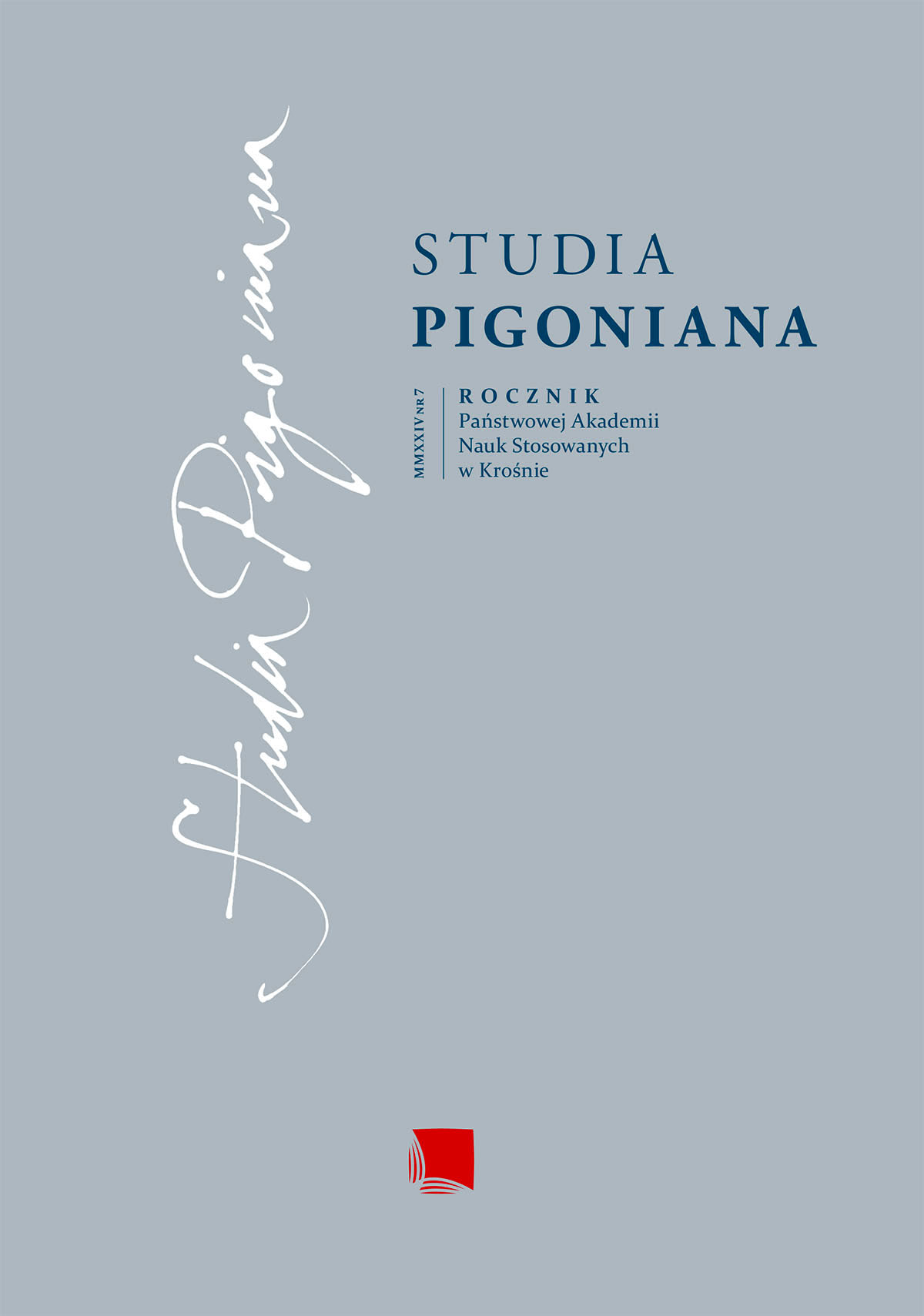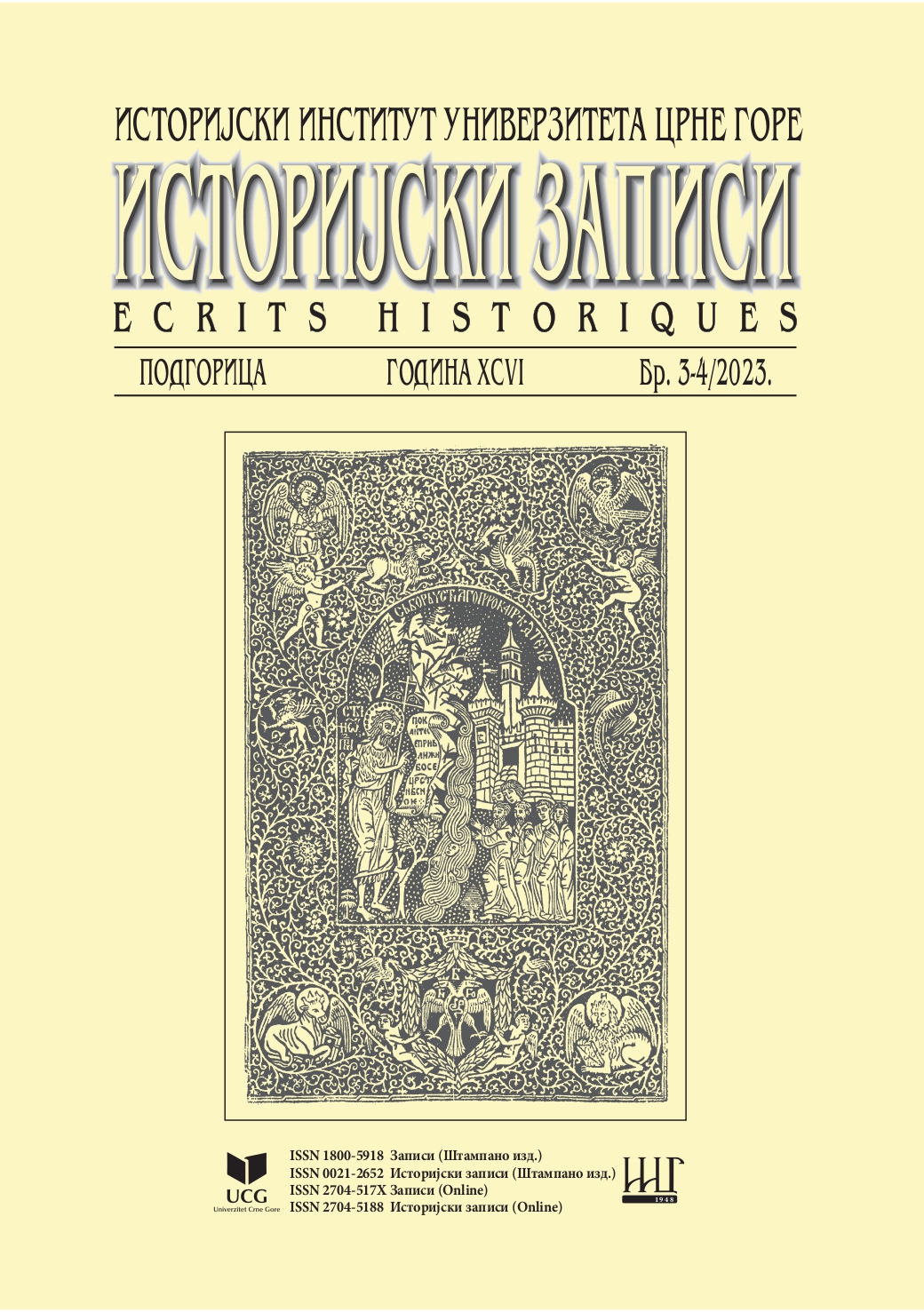Author(s): Albnora Musa Bakiu,Hiriet Ziberi / Language(s): Albanian
Issue: 5/2023
The era of the Albanian National Renaissance occupies a relatively long historical period starting from the 30-40s of the XIX century until the declaration of Albania's Independence in 1912. The Renaissance marked not only the most powerful and organized political movement of Albanians until that time, but also a development in political and cultural thought. The main goal of this movement, with a political, cultural, economic, social content, was to free the country from the Ottoman invaders and unite the Albanian lands all in one, leaving way for the all-round progress of Albania. Considering the fact that Albania was the only country where nothing national was allowed, various patriots took initiatives outside the national territories. The most louder about this commitment was definitely Faik Konica. As a man who wanted to work and contribute, he decided to plan the publication of a periodical containing only stories, poems and historical documents. However, knowing the character of Konica, it was known that the topics would be more comprehensive. Although with many difficulties, he managed to realize his goal of several years, the announcement of a temporary newspapper. He was not the first patriot to deal with the publication of newspapers, as there were many before him who took this step, but without question he will be the first person who did a colossal job in the written press in the most modern sense. Faik Konica's contribution to the Albanian cause was multidimensional. His most famous product was undoubtedly the newspaper "Albania" where the author did not leave political, historical, war, language, education and culture topics untouched, but all this for one goal, the progress and emancipation of the Albanians. From the day that the newspaper saw the light of publication in 1897, it played the primary role to reflect the circumstances in which the Albanians were, who continued to be under the Ottoman occupation for about five centuries. Faik Konica as a patriot he knew the Albanian customs and respected them. He recomanded that a role for the advancement of the Albanian issue is also played by the well-known Albanian families who should work only for the interests of Albania. Faik Konica loved Albania endlessly. He was eager for a prosperous homeland and wanted his nation to be among the most advanced nations as soon as possible. Therefore, in addition to giving advices, he was the one who revealed the national virtues of the Albanians to others. With an exquisite taste, Konica presents the Albanians in the realization of their crafts and reflects in detail all the crafts that the Albanians developed. Crafting weapons, tools, dishes, clothing, etc. Konica talked about everything related to Albanians, he devoted whole articles to all the virtues including faith, hospitality, bravery, some traditional masters, the way of eating, folk clothes and any other daily issues of Albanians which considered them national assets.
More...


